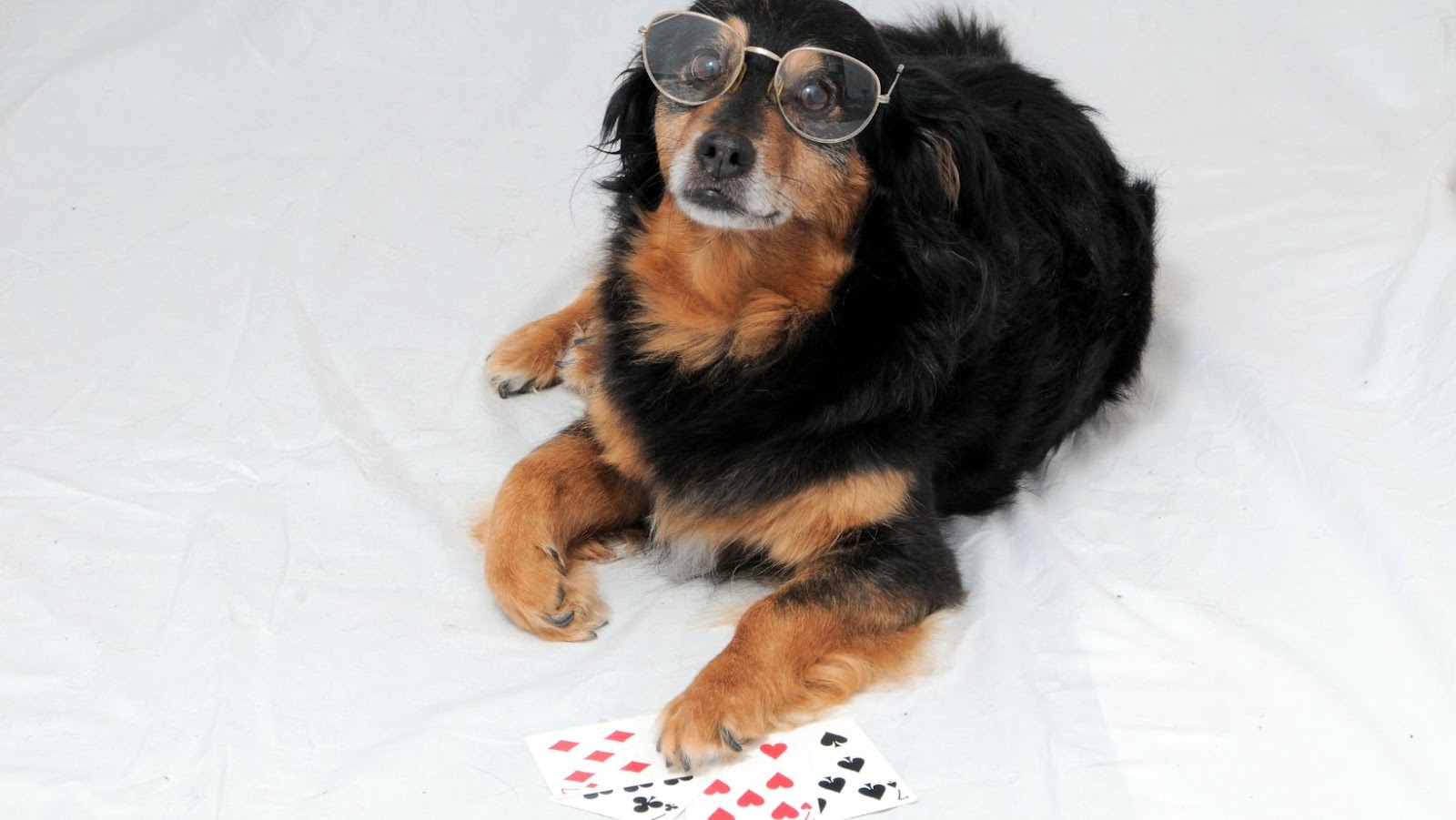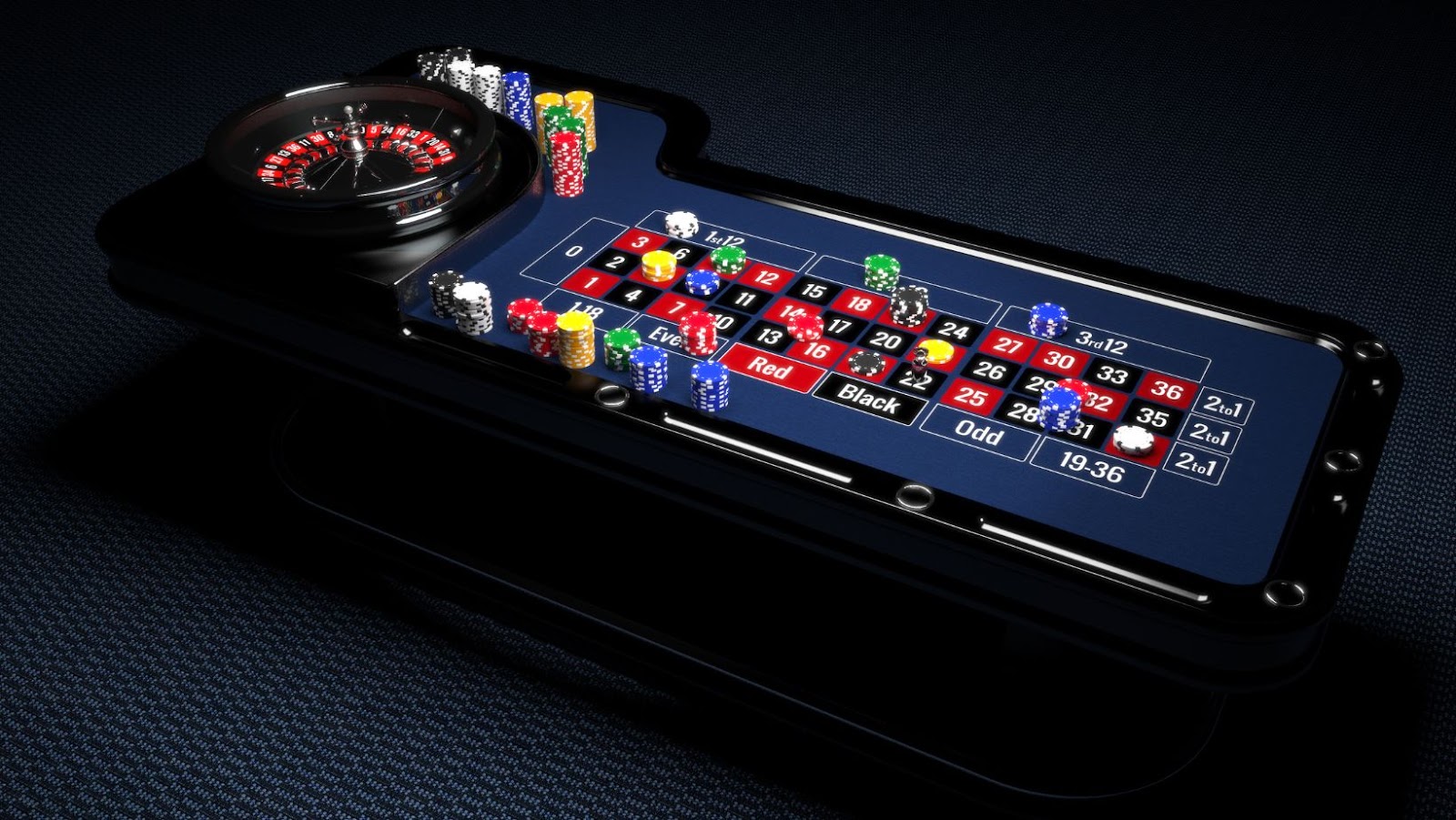Throughout history, there have been many depictions of people and humanized animals, particularly dogs, taking part in gambling activities. Although the majority seem to be card games, there are also other casino-based games, such as roulette, depicted. It goes to show that pastimes that were enjoyed centuries ago are still popular with a large percentage of the population today and that physical outbursts have always been the reaction of bad losers.
Dogs Playing Poker by the American Artist Cassius Marcellus Coolidge
One of the most iconic paintings is Dogs Playing Poker by Cassius Marcellus Coolidge. An American artist who had a fondness for dogs chose to depict poker games with various different breeds of dogs across eighteen different paintings.

Originally, the painting was commissioned to advertise cigars by Brown and Bigelow. In fact, the card game of Poker is a longstanding game that is still played in many different forms today, from informal games like the one in the painting to land-based casinos and a fully licensed and reliable online casino where you can play from home.
The Cardsharps by the Italian Baroque Artist Michelangelo Merisi da Caravaggio
The Cardsharps painting by Michelangelo Merisi da Caravaggio, is another very famous painting. This depicts a deception in progress while a card game is being played. Painted around 1594, this piece of art shows the drama that is about to ensue as the novice card player is about to lose to the trickster who is reaching for his hidden stash of cards in his belt.
An Argument Over a Card Game by the Dutch Artist Jan Steen
An argument over a Card Game by Jan Steen painted in 1665 shows tensions running high as a card game doesn’t go the way that the losing player wants it to. True to life, almost everything has been swept onto the floor as if in an attempt to literally “flip the table” in frustration. In fact, you can see the amusement on the face of the winner and the many onlookers as they revel in the entertainment as it all unfolds.
At the Roulette Table in Monte Carlo by Norwegian Expressionist Artist Edvard Munch
At the Roulette Table in Monte Carlo, a painting by Edvard Munch created in 1892, is depicted at a casino believed to be that of his memories of the Casino Monte Carlo, which he frequented during his stay in Nice during 1891 and 1892.

The scene captures the busyness of the casino and the entertainment provided for those just watching the roulette game played out in front of them. This acts as proof that you don’t have to be involved in a game at the roulette table to enjoy its effects, celebrate with the winners, and also commiserate with the losers.
So, to Wrap it All Up
There are many different works of art depicting gambling of all descriptions, though mostly card games, throughout the centuries. They prove the point that human nature doesn’t change. Winners are happy, smug, and sometimes even taunt the losers, while the losers show aggression through their frustrations of losing the game. These are games of chance, and although there are depictions of those tilting lady luck in their favor to swindle the novice while they are examining their cards, in reality, and in the modern day, this isn’t easy or advisable to do.
There is, as there has always been, an excitement in the paintings that can be sampled today in modern-day casinos, not only through actually taking part in the gambling games but also in the faces of those watching the games as they wait anxiously to see who has won, how they’ve won, and more importantly, how much they’ve won.

